With talent shortages on the rise, it’s more important than ever to know how to appeal to potential applicants and future employees through employer marketing. Having a good opportunity is no longer enough to cut it. In fact, 69% of candidates said they would reject an offer from a company with a bad employer brand, even if they were unemployed. Believe it or not, the fear of unemployment isn’t enough on its own to overcome a negative employer brand.
On the flip side, 41% of passive candidates said they would accept a new position without an increase in pay if the company had a good employer brand. A positive employer brand is all it takes to overcome the stigma associated with a lateral move for nearly half of the workforce. Not to mention, a positive employer brand is enough to catch the attention of a happily employed candidate.
Employer marketing is the first impression a candidate has with your company. Your employer marketing should answer any questions they may have about company culture, values, your mission, who you serve, what you do, and where the company is headed. In this blog, we will discuss how to better market yourself as an employer to win the war for talent.
Marketing Your Company Culture
As cheesy as it may feel, marketing your own company’s culture is really the only way to get the information out there. No one else is going to brag for you! To give your employer marketing the direction it needs, follow these steps.
Find Your Value Proposition
Ask yourself, “why would someone want to come work for my company over others?” This is your value proposition! Maybe you’re known as an innovator in your industry space. Lean into that by mentioning the opportunity to be at the forefront of that innovation. Advertise opportunities for furthering a candidate's knowledge on the topic.

Perhaps you’re a smaller company, and the value you can provide candidates with is that personal touch. Describe your company’s culture and the close-knit internal communication. Advertise the flexibility you provide employees when it comes to making their schedules or working remotely. Really lean into the growth potential within a small but growing company. People will be intrigued by the opportunity to be a part of building something.
Make Candidate Inquiries Accessible Through Employer Marketing
In today’s job marketplace, candidates will be cross comparing your company and the opportunity you provide with other companies. Make their decision an easy one by addressing their questions up front!
Make Your Value Proposition Accessible on a Careers Page
When applying, a potential candidate should be able to go to your website and find answers for all their employer-based questions about your company. Due to this, you need to have a careers page on your website that outlines your culture, benefits, and more so that candidates can easily make a connection with your employer marketing. Build out this careers page by highlighting your value proposition as well as your mission statement, photos of your employees, workplace perks, and your internal initiatives.
Better yet, ask your existing employees for testimonials, so potential hires can hear about your company from the source. Ask for confidential feedback and use the good stuff on your website. Any other feedback, leverage to make your company a better place to work. After all, the best employer marketing is honest employee satisfaction.
Aim Existing Company Branding Toward Employer Marketing
Understandably, most company branding is aimed toward customer acquisition efforts. Websites and other company collateral is usually created and used to market toward your customer base, not potential employees. However, these two ideas don’t have to be mutually exclusive. You’d be surprised to know that 29% of customers surveyed by Edelman said that in order to become a loyal customer, they need to know the business they shop frequent treats its employees well. This means that in order to wow your customer base, you need to be marketing to employees and potential hires as well.
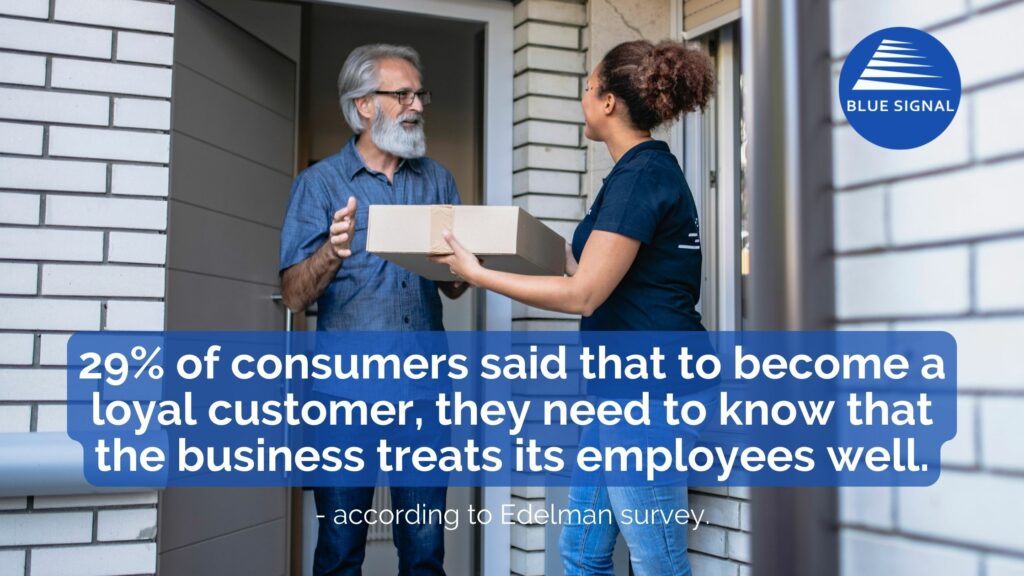
Benefits of Employer Marketing on Your Customer Base
By investing in your employer marketing you’ll encourage consumers to trust your brand more, too. For instance, if your company is branded as a sustainable choice for consumers, tell your company story and demonstrate how you apply that same mission/vision with employees. By making that connection known, and covering topics like corporate social responsibility, you’ll multiply your brand strength on both fronts. This makes it easier for both audiences to make a connection with your brand.
Employer Marketing Through Social Media
In the same spirit, leverage your existing company social media mediums to get the message out there about your employer brand. Share information on these pages about company culture, employee events, internal programs, and more. Be sure to take photos at team gatherings and give followers an inside look into what a day-in-the-life is like within your company. People trust brands they deem to be authentic, and what’s more authentic than leveraging your current employees as part of your employer marketing strategy?
In order to stay relevant in this ever-changing hiring landscape, you have to prioritize employer marketing as part of your hiring strategy. Your employer brand will be unique to your company, so do what feels authentic to you and your workforce. If you want support along the way, talk to one of Blue Signal’s expert recruiters today about how you can improve your employer marketing to win this war for talent.
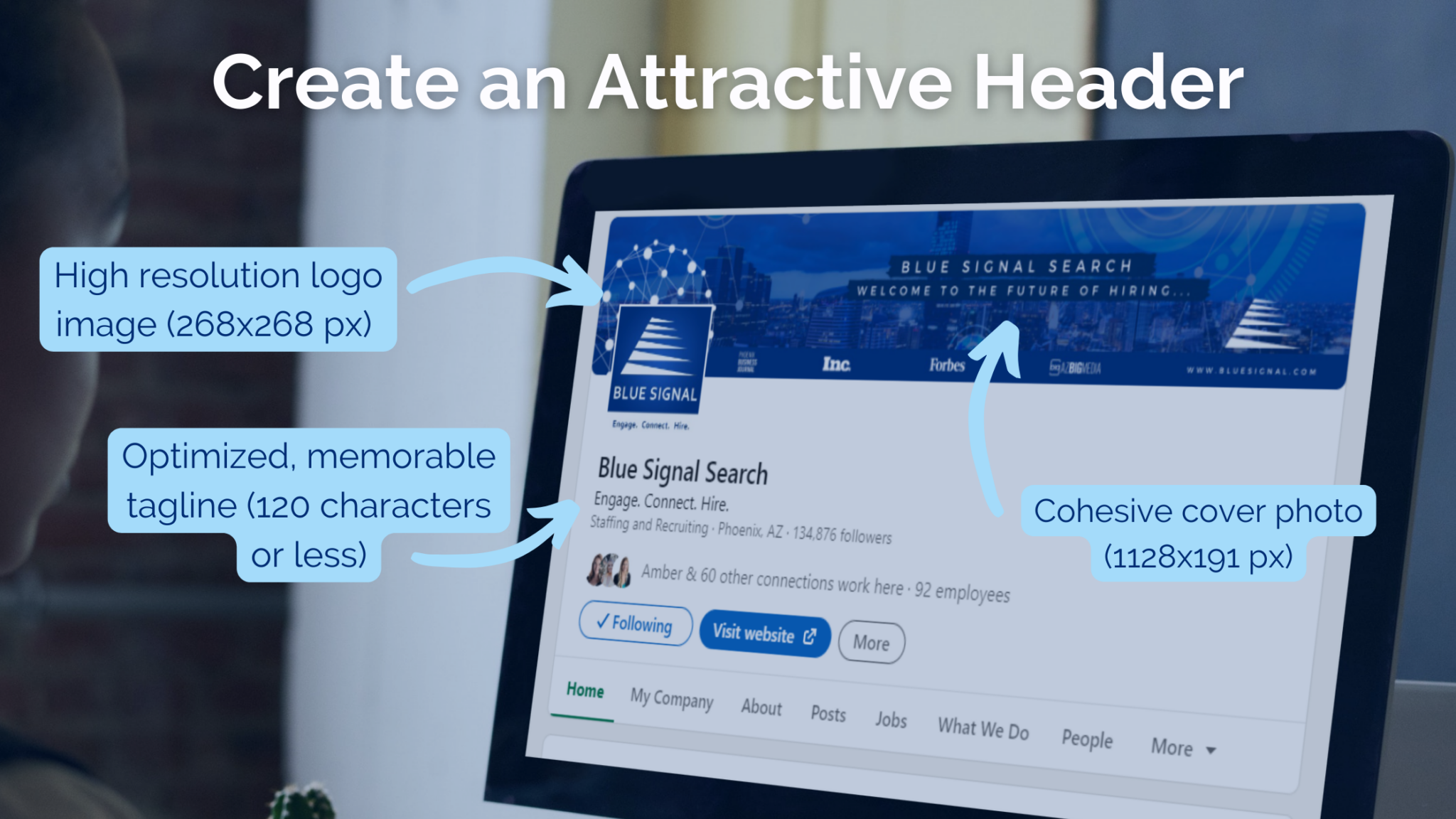
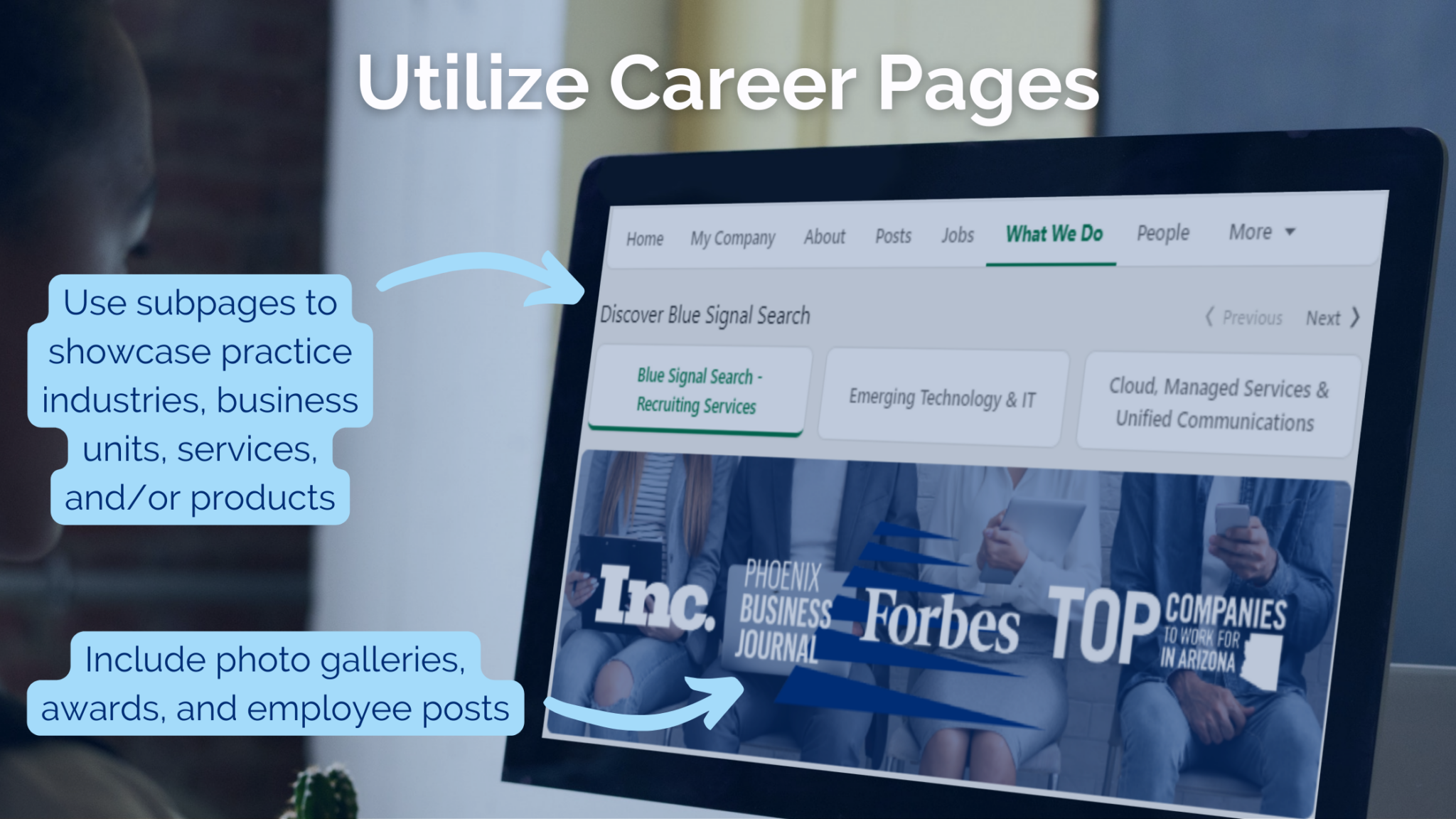
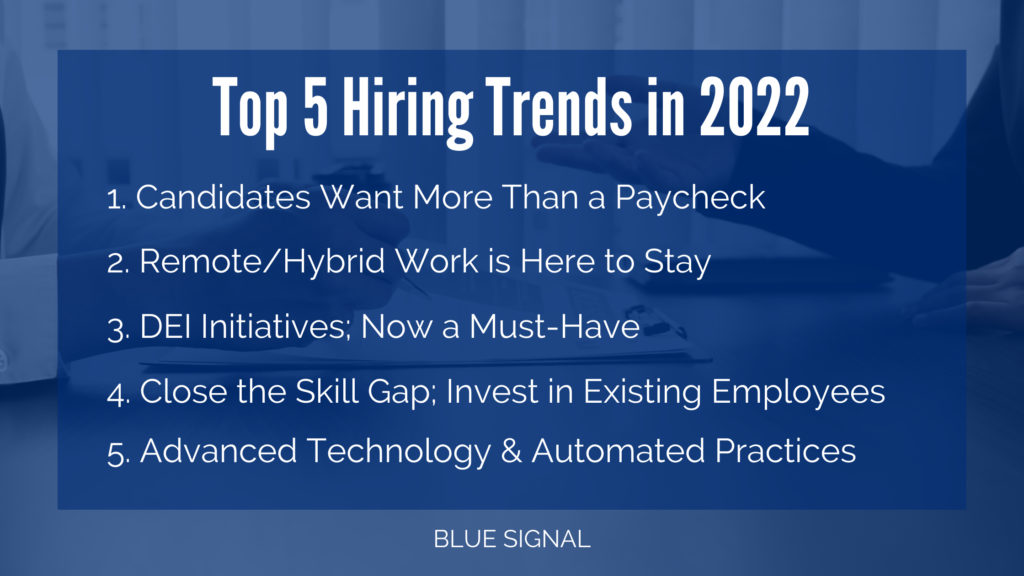







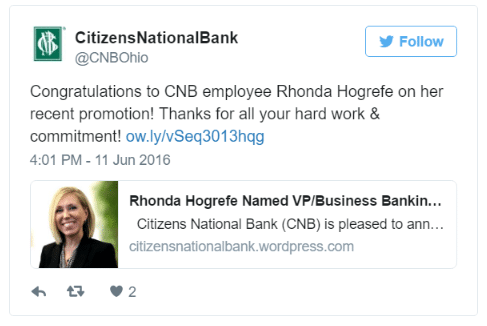
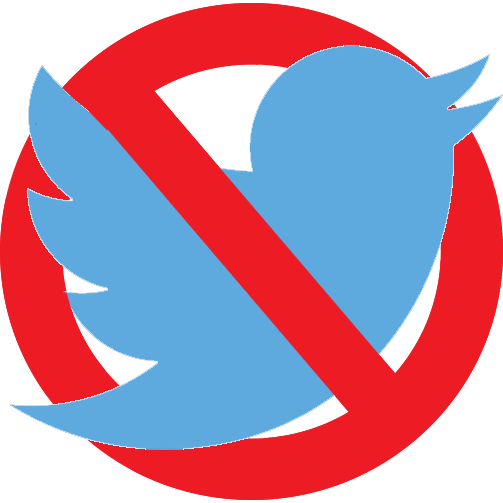 You can’t monitor everything (nor should you want to), but you can get an idea of your employees’ social media habits before and after you hire them. Trying to shut people down will only fan the flames.
You can’t monitor everything (nor should you want to), but you can get an idea of your employees’ social media habits before and after you hire them. Trying to shut people down will only fan the flames.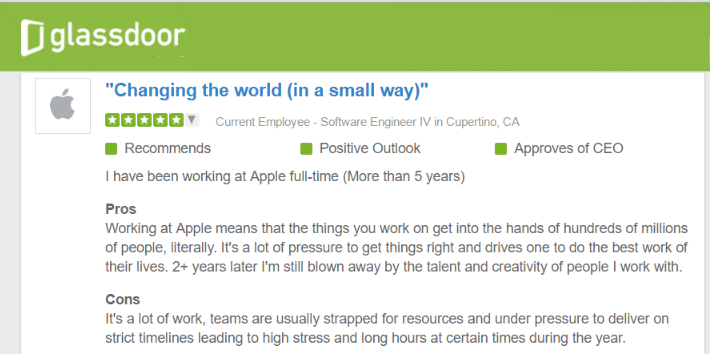
 LinkedIn is a treasure trove of information about a candidate’s professional life. Many professionals post blogs, articles, publications, past work, and professional updates on their pages. A vibrant LinkedIn page signals that a candidate has invested time in staying up-to-date with his or her industry and in networking with the professional community. The variety and breadth of material on a candidate’s page provides insight into their influencers and professional interests. The same principles apply to niche professional social networking sites similar to LinkedIn.
LinkedIn is a treasure trove of information about a candidate’s professional life. Many professionals post blogs, articles, publications, past work, and professional updates on their pages. A vibrant LinkedIn page signals that a candidate has invested time in staying up-to-date with his or her industry and in networking with the professional community. The variety and breadth of material on a candidate’s page provides insight into their influencers and professional interests. The same principles apply to niche professional social networking sites similar to LinkedIn.